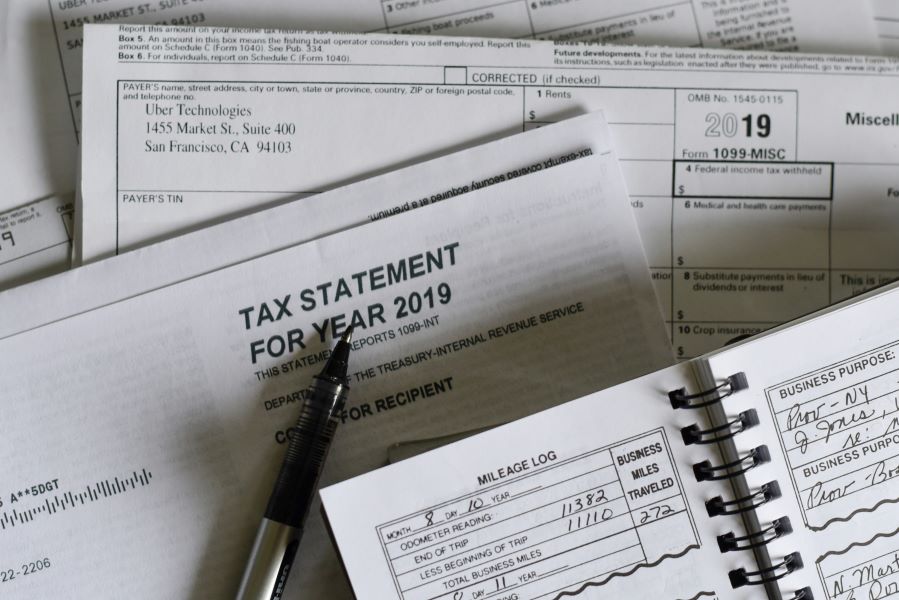Non-tax revenue plays a crucial role in government finances and public administration. While taxes are a primary source of government income, non-tax revenue encompasses various income streams that do not involve direct taxation. In this blog, we will delve into the concept of non-tax revenue, explore its significance, and understand its different forms and implications.
What is Non-Tax Revenue?
Non-tax revenue refers to income generated by the government that does not come from taxes imposed on individuals or businesses. Instead, it includes revenue from sources such as fees, fines, royalties, dividends, asset sales, and other forms of income that do not involve taxation. Non-tax revenue serves as an essential component of government revenue, alongside taxes, and contributes to funding public services and infrastructure.
Also Read: Escrow: What Is It and How Does It Work?
Importance of Non-Tax Revenue
Non-tax revenue plays a vital role in diversifying government income sources and reducing dependency on tax revenue. By generating income through non-tax sources, governments can fund projects, services, and investments without imposing additional tax burdens on citizens. Non-tax revenue also provides flexibility in budget planning and allows governments to respond to economic changes and fiscal challenges effectively.
Forms of Non-Tax Revenue
Non-tax revenue can take various forms, including:
- Fees and Charges: Revenue collected from providing services or issuing permits and licenses.
- Fines and Penalties: Income generated from fines imposed for violations of laws or regulations.
- Dividends and Profits: Revenue earned from government investments in state-owned enterprises or public-private partnerships.
- Royalties and Lease Payments: Income received from leasing government assets or resources to private entities.
- Sales of Assets: Revenue generated from selling government-owned assets, such as land, buildings, or equipment.
Also Read: Collateralized Loan Obligation (CLO) Structure, Benefits, and Risks
Utilisation of Non-Tax Revenue
Governments utilise non-tax revenue to finance public expenditures, infrastructure projects, social welfare programs, and administrative costs. Non-tax revenue sources are often earmarked for specific purposes, such as funding healthcare initiatives, education programmes, environmental conservation projects, or public transportation systems. By allocating non-tax revenue strategically, governments can address priority areas and meet the needs of their citizens effectively.
Challenges and Considerations
While non-tax revenue offers benefits in terms of revenue diversification and flexibility, it also presents challenges and considerations. Governments must ensure transparency and accountability in the collection and management of non-tax revenue to prevent corruption and misuse. Additionally, fluctuations in non-tax revenue sources, such as volatile commodity prices or changing market conditions, can impact revenue projections and budget planning. Effective financial management and oversight are essential to maximise the benefits of non-tax revenue while mitigating potential risks.
Also Read: Balloon Payment: What It Is, How It Works, Examples, Pros & Cons
Conclusion:
In conclusion, understanding non-tax revenue is essential for grasping the diverse sources of government income beyond taxation. Non-tax revenue plays a vital role in funding public services, infrastructure projects, and social welfare programmes, offering governments flexibility and revenue diversification. By exploring the concept of non-tax revenue, its significance, forms, utilisation, and challenges, individuals can gain insights into the complexities of government finance and public administration. It is crucial for governments to manage non-tax revenue sources transparently and efficiently to maximise their impact on public welfare and economic development. Building a robust understanding of non-tax revenue contributes to informed decision-making and effective financial management in the public sector.
Here’s one way to take a wise step towards financial freedom – get a personal loan, and opt for Airtel Finance for its 100% digital process. Just download the Airtel Thanks App and follow the steps to get an instant personal loan in 24 hours.
FAQs:
Can non-tax revenue fully replace tax revenue in government budgets?
Non-tax revenue serves as a supplementary income source for governments but is unlikely to fully replace tax revenue, which remains a primary funding mechanism for public services and expenditures. Non-tax revenue complements tax revenue and helps diversify government income streams.
How do governments determine the rates for fees and charges as part of non-tax revenue?
The rates for fees and charges are typically determined based on the cost of providing services, administrative expenses, market conditions, and regulatory requirements. Governments may conduct cost-benefit analyses and consultations to set appropriate fee levels that balance revenue generation and service affordability.
What are some examples of fines and penalties that contribute to non-tax revenue?
Fines and penalties collected by governments can result from various violations, such as traffic offences, environmental infringements, tax non-compliance, and regulatory breaches. The revenue generated from fines and penalties is used to enforce laws, deter misconduct, and fund public services.
How does the sale of government assets contribute to non-tax revenue?
The sale of government assets, such as surplus land, buildings, or equipment, generates revenue that can be reinvested in public projects, debt reduction, or other government priorities. Asset sales are often conducted through transparent processes to maximise value and benefit the public interest.
Are dividends from state-owned enterprises a reliable source of non-tax revenue for governments?
Dividends from state-owned enterprises can provide a steady income stream for governments, depending on the performance of these entities and market conditions. Governments may reinvest dividends into public services or infrastructure projects or use them to support the operations of state-owned enterprises. Regular assessment and monitoring of state-owned enterprises’ financial health are essential to ensure the sustainability of dividend income.


 Get App
Get App  Airtel Store
Airtel Store  Login
Login 


